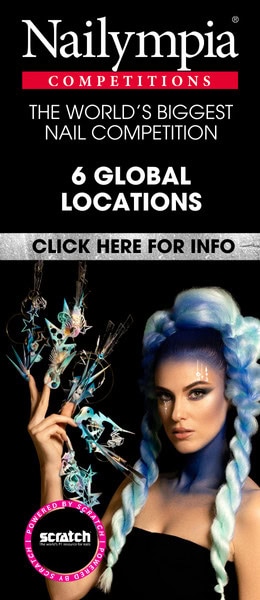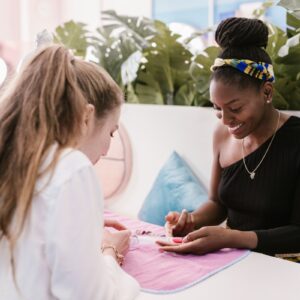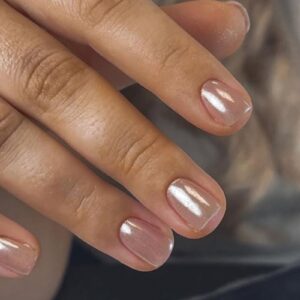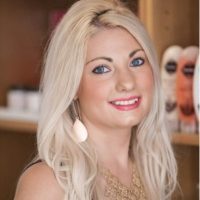
The UK heatwave: Is it affecting your nail products?
By Katie Barnes | 19 July 2024 | Expert Advice, Feature, Technique
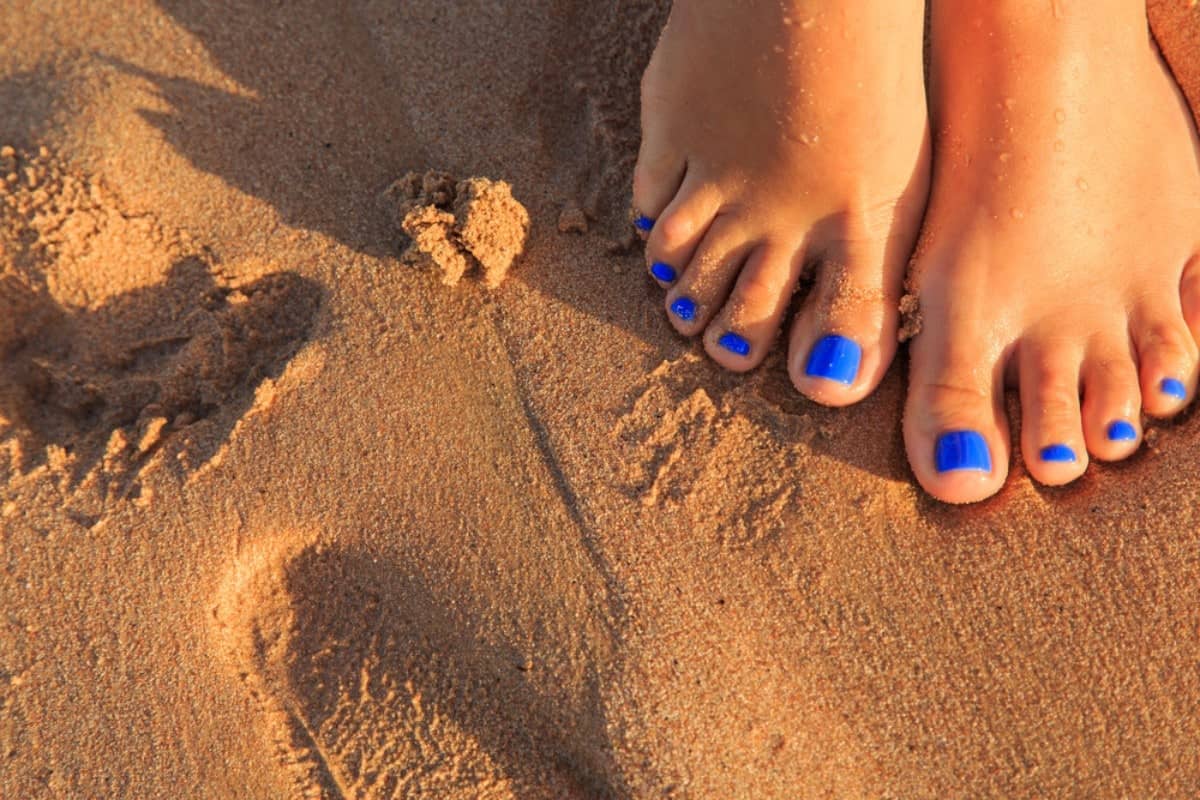
Educator & award-winning nail technician, Katie Clark, reveals why hot weather may impact your nail products and services…
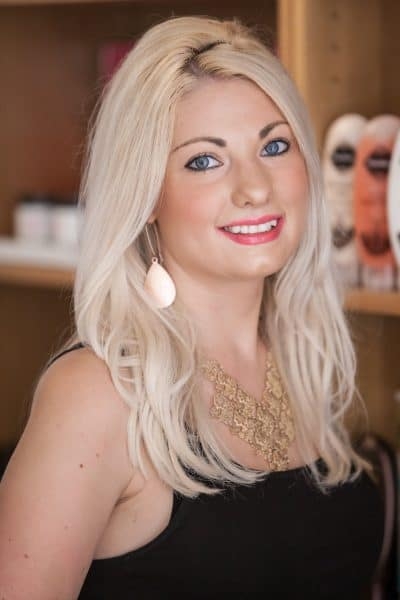 Most techs will have noticed a difference in their L&P and gel systems at varied times, especially different temperatures and seasons, with changes being particularly noticeable during periods of very warm weather.
Most techs will have noticed a difference in their L&P and gel systems at varied times, especially different temperatures and seasons, with changes being particularly noticeable during periods of very warm weather.
Temperature and additional UV exposure can greatly affect the polymerisation process of L&P and the viscosity and premature curing of gel. This can be especially problematic for mobile techs, moving from one temperature to another, or those working in buildings such as conservatories that are prone to extreme temperatures. A tech needs to know how to compensate for these changes.
Temperature and humidity affect not only the air and our body temperature, but also products. Correct storage of products is essential – read about this in a previous Scratch post by clicking here.
L&P
The optimum working temperature for products is 20 to 22 Celsius. It can be useful to have a thermostat in your working environment to monitor this. In warmer than usual temperatures, techs may find it advantageous to switch to a slower setting L&P system over a fast setting one. In a slow set system, slower reacting monomers are used, giving techs more time to work.
The higher the temperature of the liquid, the faster the reaction and therefore the quicker the set time, making it difficult to work with and potentially responsible for service breakdown.
The opposite happens in cold temperatures, with the product being more likely to run into the surrounding skin, causing skin irritation and difficulty with the product polymerising and crystallising, leading to service breakdown.
When your working environment or client’s body temperature are too warm, you can take steps to control the temperature by using a cool pack to place your monomer on, but do not lower the product temperature too much or too quickly. Remember that additional heat can also be given out by lighting and desk lamps.
When a client’s hands are too warm or clammy, it can cause the product to set quicker and cause problems with form adhesion. Encourage the client to wash their hands in cool water or give them a cold towelette prior to the service. To prevent problems with form adhesion, wipe over the fingers with acetone prior to application.
When your working environment is cold, you can warm your monomer to an ideal temperature by using hot water bottles and heated desk blankets under your towel, or sitting your monomer on heated hand warmers. Always use controlled warming methods and avoid potentially dangerous techniques that cause rapid heating, such as radiators, microwaves and boiling water.
Gel
Hot and cold temperatures have a critical impact on UV gel – not in the product’s effectiveness, but in the ease of use during application. Every degree, whether lower or higher, will change the viscosity of gel. If it becomes too hot, gel becomes very fluid and can be problematic to work with, likely running into surrounding skin and causing potential skin irritation and service breakdown.
The higher the temperature, the thicker the viscosity of the gel should be.
When there is additional UV exposure in your working environment, techs must be aware of premature curing of products. It is recommended to work away from direct UV light exposure, such as in a conservatory or near to a window. Not only can this start premature curing of the product on the nail, but it can cure the products in their containers and on their brushes. Also, be careful to keep brushes and open containers away from UV and LED lamps and UV exposure, to prevent any gel products curing on these as they will become unusable.
Love Katie B x
Originally published in 2022

Read the latest issue



